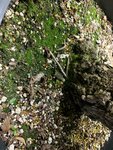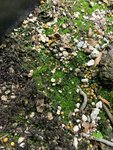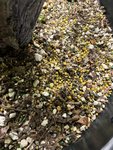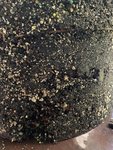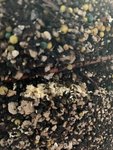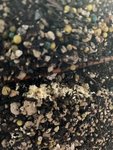cozmicat
Yamadori
Neem is a dormant spray. Avoid it's use during the growing season. I avoid it all together.
Three-in-ones are ok, but diagnose the problem correctly so you can focus in on the appropriate action.
Big nursery cans like this hold too much water on the bottom. New roots tend to populate this area. It's not the best environment for tender root tips, too wet.
Nurseries use these big cans to mitigate watering ….like, they want to water once a week at most. Water costs money and it's basically an overhead cost.
I suspect your watering too much. $15 "water meter" is basically useless. In-accurate and most likely can't reach the deepest regions of your container.
Apply a light spray of your 3-1 to the leaves and the bark. Be judicious, no waterfalls.
Well I have only had it since Saturday and have only watered once. So I don't believe i have had a chance to over water, maybe under water at this point. lol. if a water meter is not the best bet, what are you recommendations with watering? I will treat the trunk with the 3-in-1 as you, are you saying be judicious with the 3-in-1?
Thanks again!




